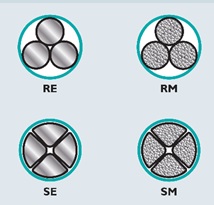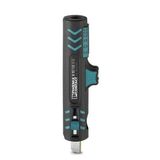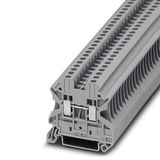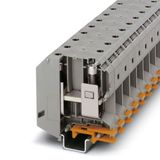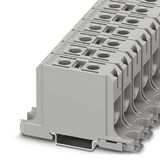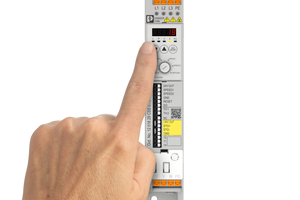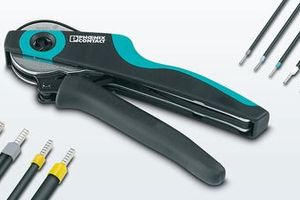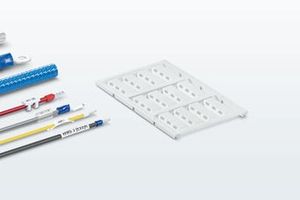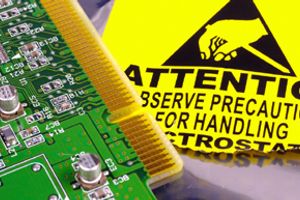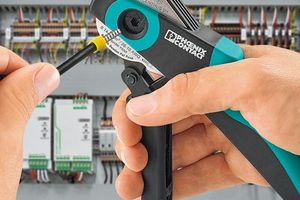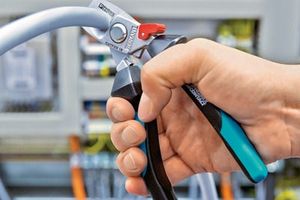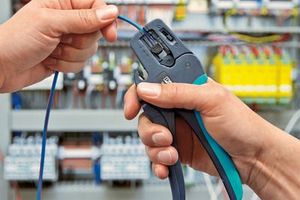Direct connection to standard terminals
It becomes even more attractive to use aluminum conductors – especially when it comes to conductor cross-sections of 16 mm² or more. There is an advantage of using aluminum as a material for conductors
low price compared to copper cables, which cost almost four times more. In addition, aluminum
approximately 70 percent lighter than copper – resulting in reduced weight and easier cabling. However, some basic conditions must be met in order to safely bond with aluminum conductors.
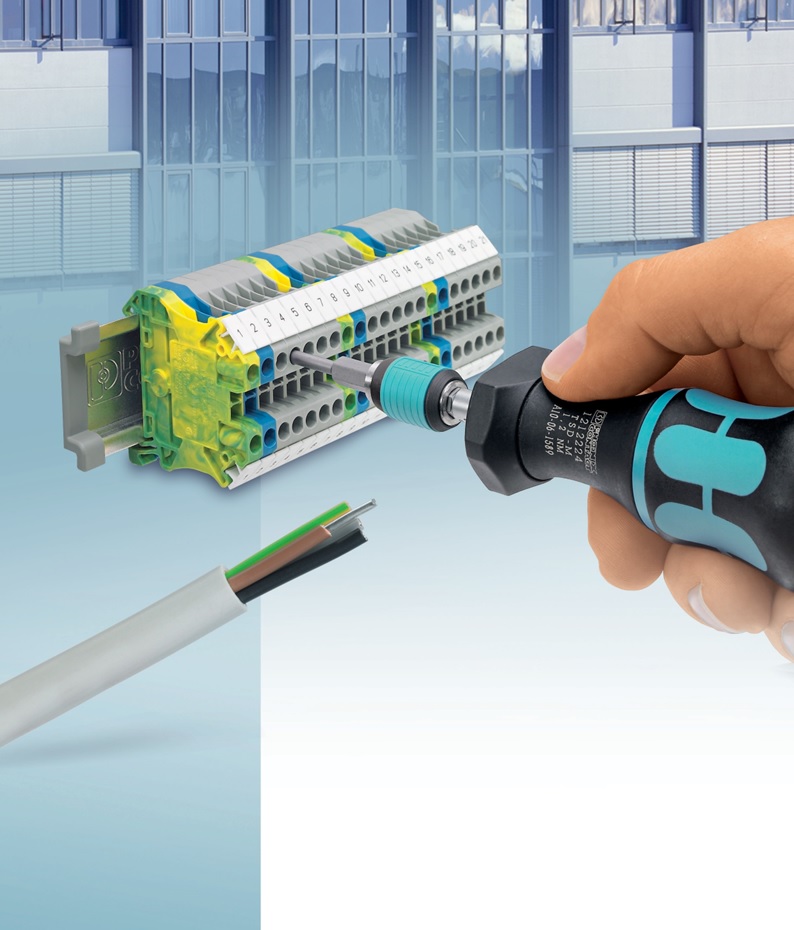
Aluminum is different
Aluminum has three physical properties that make it difficult to use it as an electrical conductor. First of all, there is the issue of "yielding" - under pressure, aluminum yields sharply due to low flexibility. There is also
the fact that when stripping an aluminum conductor, an oxide layer forms on its surface. If an oxidized conductor is connected to a standard terminal without additional preliminary treatment, the oxide layer increases the resistance between the conductor and the end point. This causes excessive heat at the endpoint. Another one
the difference between aluminum and copper conductors is that the current in aluminum conductors is lower. The electrical conductivity of aluminum is one third lower than that of copper. Therefore, it is especially important to observe the maximum current capacity when using aluminum conductors. As a rule, a larger cross-section should be chosen for aluminum conductors to achieve the same current carrying capacity. There are two ways that aluminum conductors can be connected to standard terminal blocks. First, they can be connected using standard terminals directly together. Another option is to crimp the cable with ferrules and connect to a standard terminal block. In both cases, the manufacturer's instructions should be followed.
Direct connection of aluminum conductors to a standard terminal
Phoenix Contact offers various solutions for the direct connection of the aluminum conductor to the terminals.
Round, single-core aluminum conductor (RE and RM) with a cross-section ranging from 2.5 to 35 mm² is connected directly to the screw connection of the UT series terminal. Sector-shaped, single-stranded aluminum conductors (SE and SM) between 50 and 240 mm² can be connected to screw connection terminals from the UKH series. These terminals have a similar shape to such a conductor.
When using the UT and UKH series terminals, the following measures must be observed to ensure a safe and reliable connection:
1. The oxide layer must be removed from the surface of the aluminum conductor (for example, scrape from the surface with WIREFOX-D 13 1212162 )
2. Immediately after removing the oxide layer, the aluminum conductor must be covered with petroleum jelly or
grease with similar properties. Vaseline prevents re-oxidation and removes moisture.
3. Then the aluminum conductor is inserted into the terminal and tightened with the appropriate tightening torque.
